Figures & data
Figure 1 Chemical structures of fluoroquinolone antibiotics used in this study: (A) enrofloxacin, (B) enoxacin, (C) trovafloxacin, (D) norfloxacin, and (E) ofloxacin.
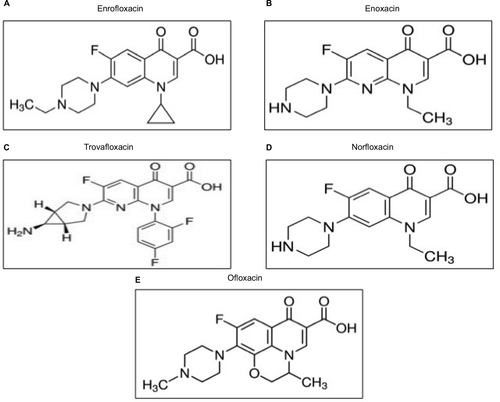
Figure 2 Correlation between relative fluorescence units (RFUs) and the log concentrations of fluoroquinolone antibiotics (nM) in Babesia divergens on the fourth day of treatment. Each value represents the mean of triplicate wells after subtraction of the background fluorescence for non-parasitized red blood cells.
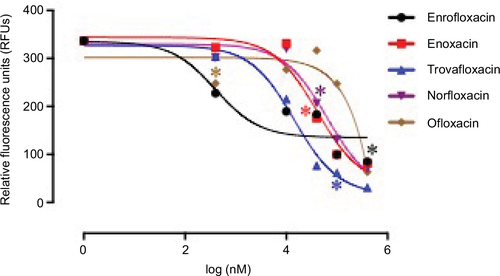
Table 1 IC50 values of fluoroquinolone antibiotic drugs evaluated for Babesia divergens parasite
Table 2 Viability test results of fluoroquinolone antibiotic drugs evaluated for Babesia divergens parasite
Table 3 Synergetic and additive interactions of diminazene aceturate (DA), luteolin, and pyronaridine tetraphosphate (PYR) in combination with enrofloxacin, enoxacin, or trovafloxacin on Babesia divergens parasite on the fourth day of treatment
Figure 3 Inhibitory effect of fluoroquinolone antibiotics, diminazene aceturate (DA), and the combination of enoxacin and DA on the growth of Babesia microti. Each value represents the mean ± SD of five mice per experimental group. Asterisks indicate significant differences (*P < 0.05) from day 4 to day 16 post-inoculation between the fluoroquinolone antibiotic-treated and control groups.
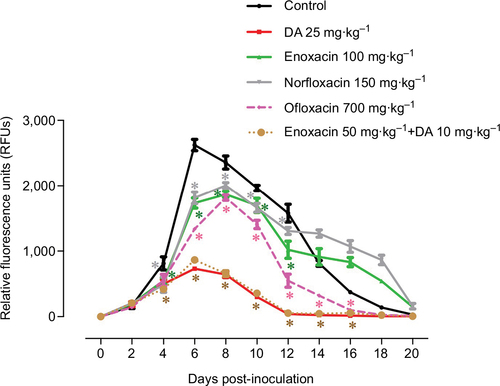
Figure 4 Anemia monitoring in mice treated with fluoroquinolone antibiotics: (A) RBCs, (B) hemoglobin (HGB), and (C) hematocrit (HCT). Each value represents the mean ± SD of five mice per experimental group. Asterisks indicate a significant difference (*P < 0.05) between the treated or infected mice and the uninfected mice.
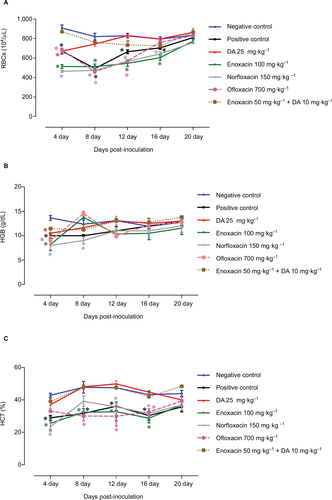
Figure 5 Changes in mean corpuscular volume (MCV), mean corpuscular hemoglobin (MCH), and red blood cell distribution width (RDW) in mice treated with fluoroquinolone antibiotics: (A) MCV, (B) MCH, and (C) RDW. Each value represents the mean ± SD of five mice per experimental group. Asterisks indicate a significant difference (*P < 0.05) between the treated or infected mice and the uninfected mice.
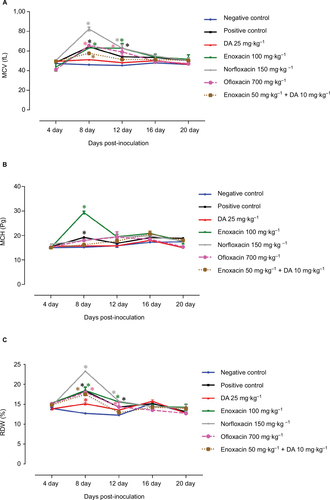
Figure 6 PCR of the ss-rRNA gene in different organs of Babesia microti-infected mice treated with DDW (positive control), 25 mg⋅kg–1 diminazene aceturate (DA), and DA (10 mg⋅kg–1) combined with enoxacin (50 mg⋅kg–1).
Abbreviations: NC, negative control; PC, positive control; DDW, double-distilled water; S, spleen; L, lung; H, heart; K, kidney; DA, diminazene aceturate; PCR, polymerase chain reaction.

Table S1 Concentrations of fluoroquinolone antibiotic drugs combined with diminazene aceturate, luteolin, and pyronaridine tetraphosphate applied to the cultures of Babesia divergens parasite
Table S2 Indifferent interaction of diminazene aceturate (DA), luteolin, and pyronaridine tetraphosphate (PYR) in combination with enrofloxacin, enoxacin, or trovafloxacin on Babesia divergens parasite on the fourth day of treatment
